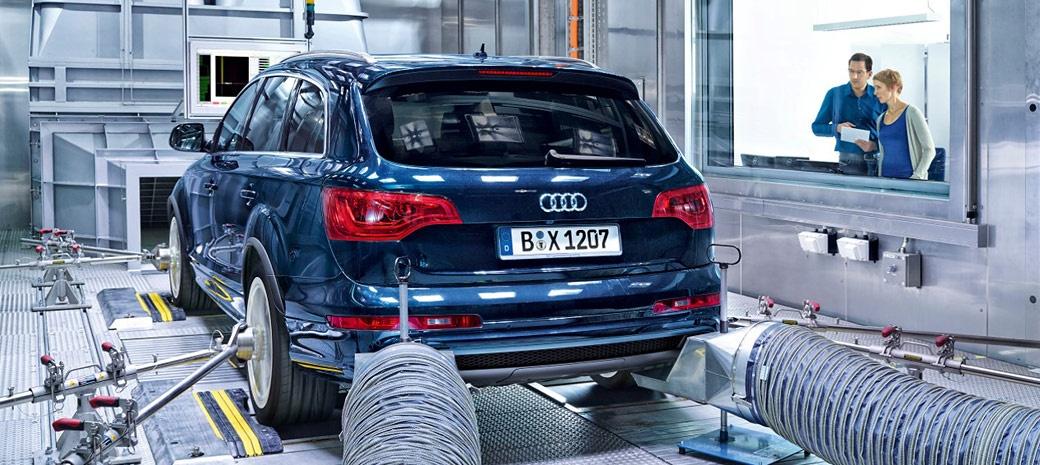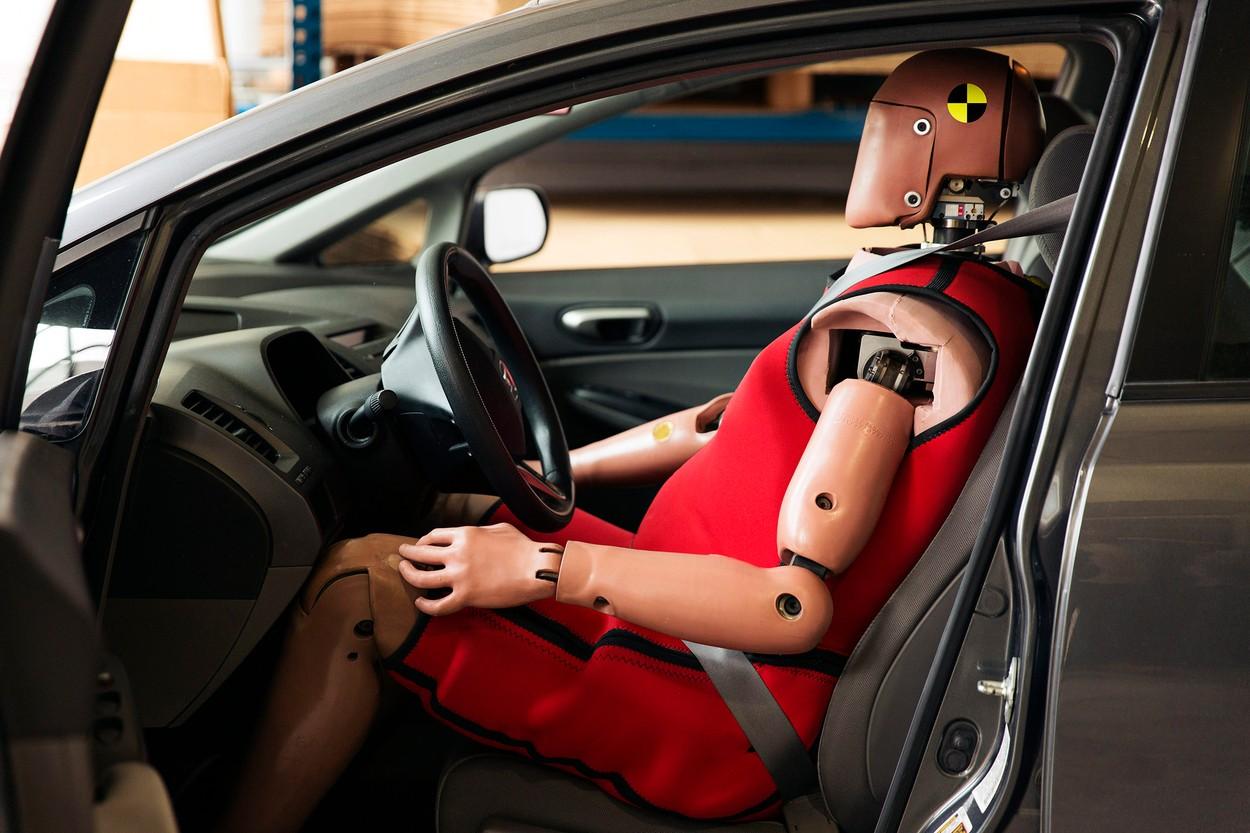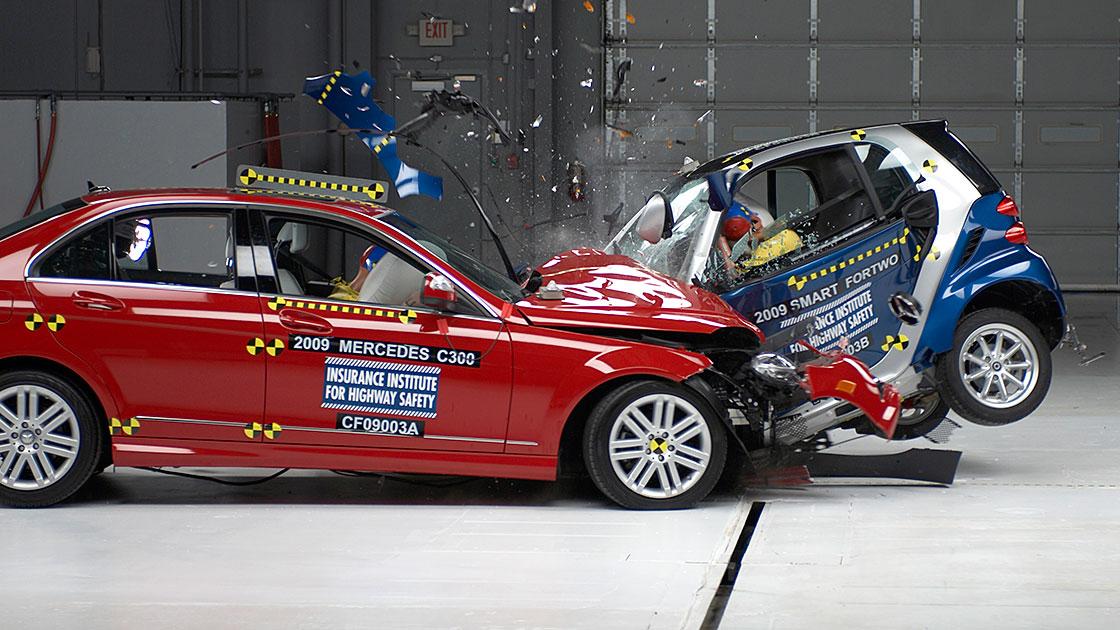Have you ever wondered why the amazing car featured on the car circuits take one or two years to land into the dealer showrooms? Some models don’t even make it at all. Why? It’s because every car has to undergo a battery of tests, collectively known as automobile testing, before becoming available to the public for sale.
Contents
What Is Automobile Testing?
It refers to a bunch of tests that determine whether the model is safe and reliable for various driving conditions. The government of each country has the regulations for some of the testing. The automakers themselves have designed some other tests to make sure that the vehicles are in tune with the specific standards for performance, fuel economy, comfort, and other variables.
5 Interesting Facts about Automobile Testing
Testing is vital to determining the safety of a vehicle. You all must have watched those slo-mo crash-test videos that automakers use in commercials to advertise about their cars. Well, the automobile testing is much more than those crash tests.
Who gives the ratings?
We often see automakers bragging about a 5-star safety rating about their vehicles. But, who gives that rating? There are two bodies that conduct the crash testing and assign the rating – the National Highway Traffic Safety Administration (NHTSA) and the Insurance Institute for Highway Safety (IIHS). They use different procedures and criteria to determine the factor.

What does the rating mean?
The NHTSA uses the rating system where 5 stars for the frontal crash rating means that the chance of injury in a collision is less than 10% while it jumps to more than 46% in case of a 1-star rating.
The ranking system of the IIHS has four levels – Good, Acceptable, Marginal, Poor.
SEE MORE:
What tests are performed?
A car has to go through plenty of procedures to get those stars. The testing includes frontal collisions at up to 40mph or 64.4kph per hour, side collisions, and rollover. It also covers checking the handling, interior noises, the level of heating, and the air circulation.
Who are the testers?
The automakers have skilled drivers to perform these tests. However, the manufacturers go the extra mile and recruit drivers from the general public. A company does this when it thinks that a specific model can possibly make a significant impact on the behavior of the drivers. Collecting data from the experiences of a wide pool of users helps it to determine how the vehicle will fare in the hands of the end users.

Such experiments also assist a company to determine the feasibility of their vehicles and identify the areas of improvement. Two examples of using testers from the general public are General Motor’s EV1 and Nissan’s LEAF.
Could there be other testers?
Yes. Sometimes, the automakers use manikins to perform the crash tests of automobile testing. It is not also rare to see cadavers (lifeless human bodies) on the driving seat. It helps the researchers to find out how a collision will affect the internal organs of the human body.



